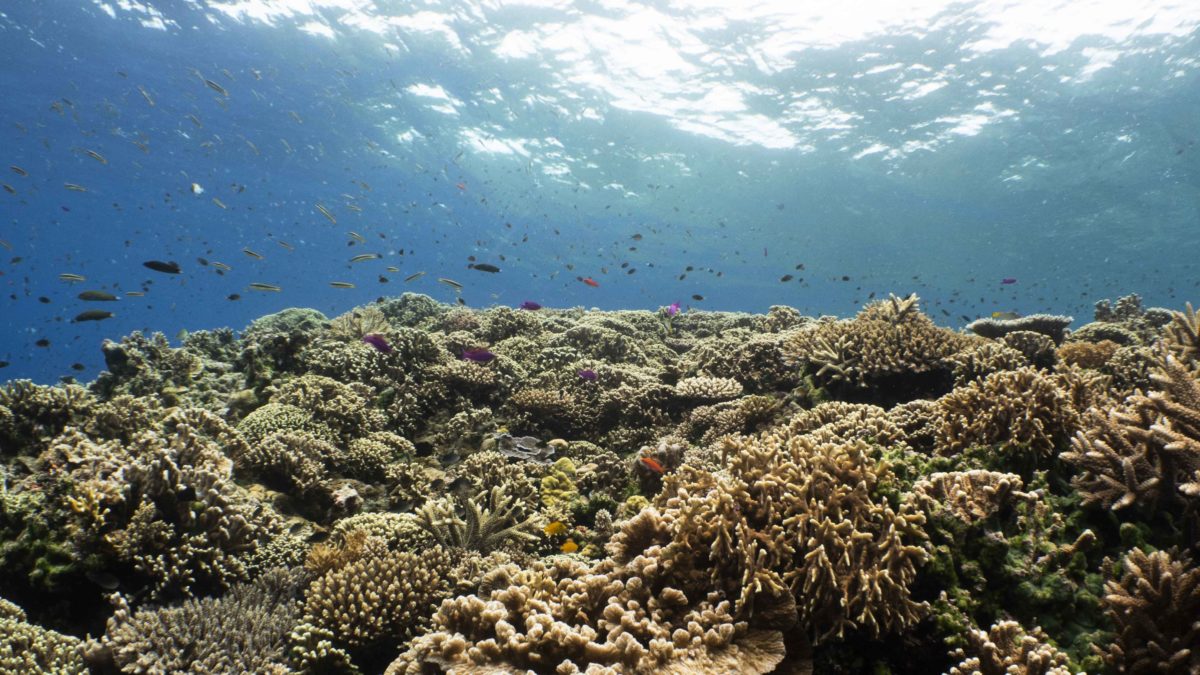
The term “healthy coral” is not as common to come across these days, let alone to see. So, when you do see healthy coral, and a lot of it, you often have to do a double take.
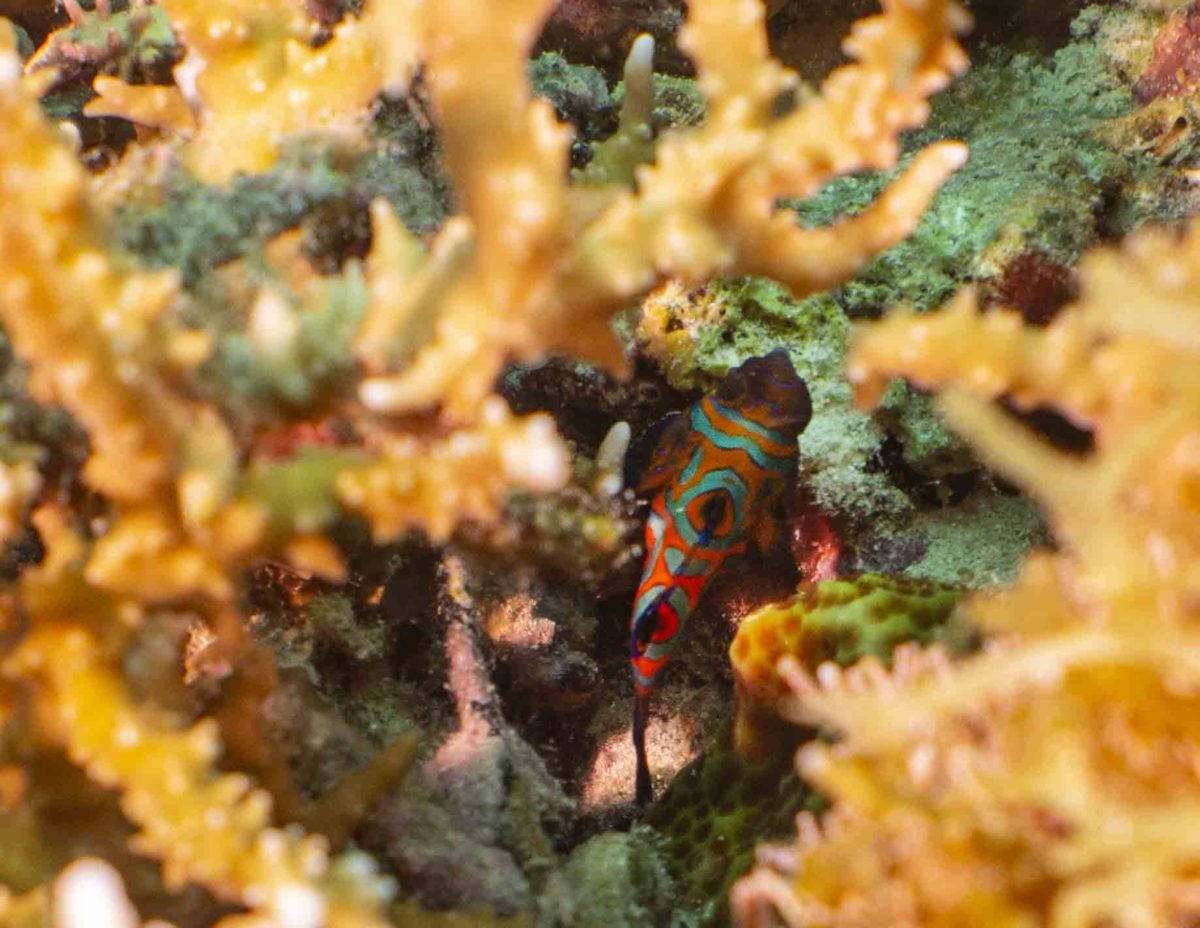
I have experienced coral bleaching at its worst, particularly when I worked as a Marine Biologist in the Maldives at the end of 2016. The global coral bleaching event that occurred in May of 2016 had catastrophic impacts to many coral reef ecosystems around the world, devastating major reefs including the infamous Great Barrier Reef, as well as those in the Maldives.
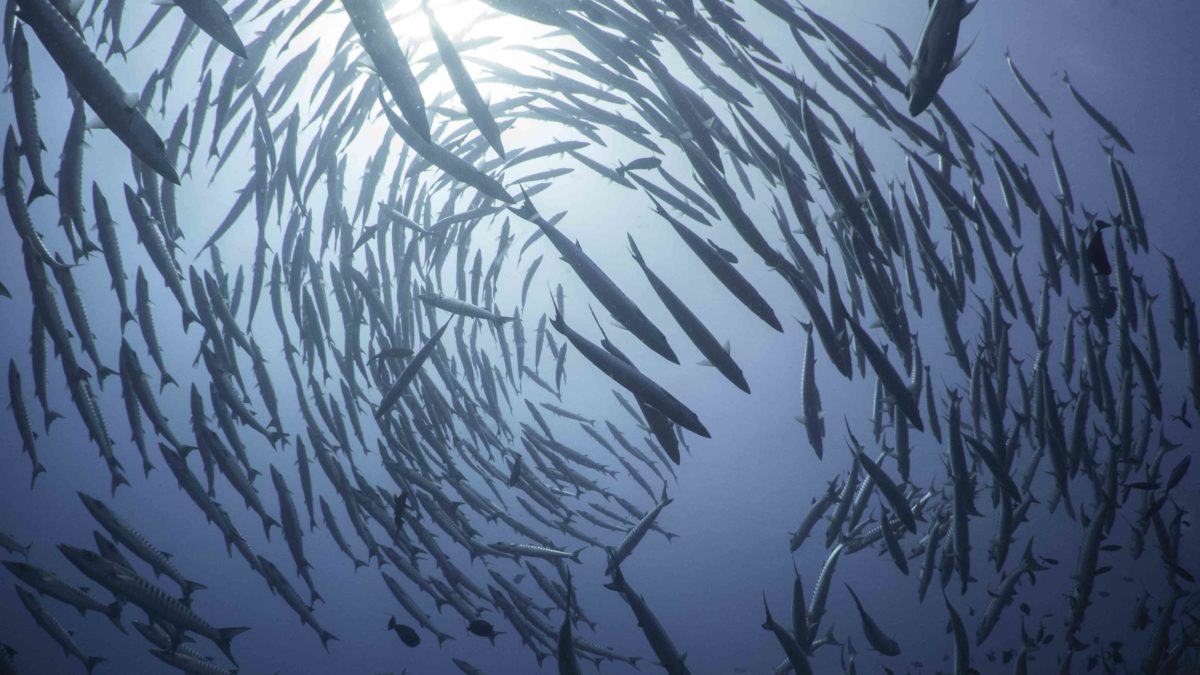
Reefs that were crumbling before your eyes was just heartbreaking, but I think the saddest part of all for me was after guiding guests on snorkelling tours, their joy at “how beautiful the reefs were”. Of course, you would smile and agree and luckily there was still an immense amount of diversity and fish life for them to see. But for these guests to not know what a healthy coral reef should look like, has again driven me to learn how we can communicate what is happening underneath the surface in a way which everyone can understand, not just scientists.
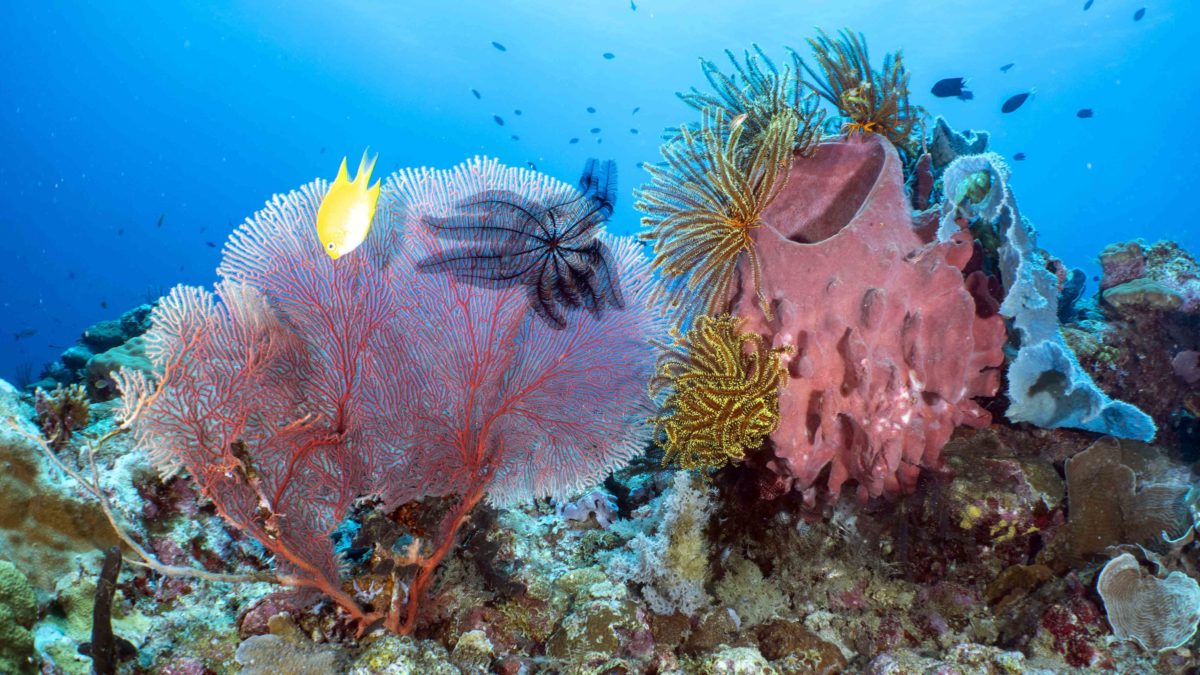
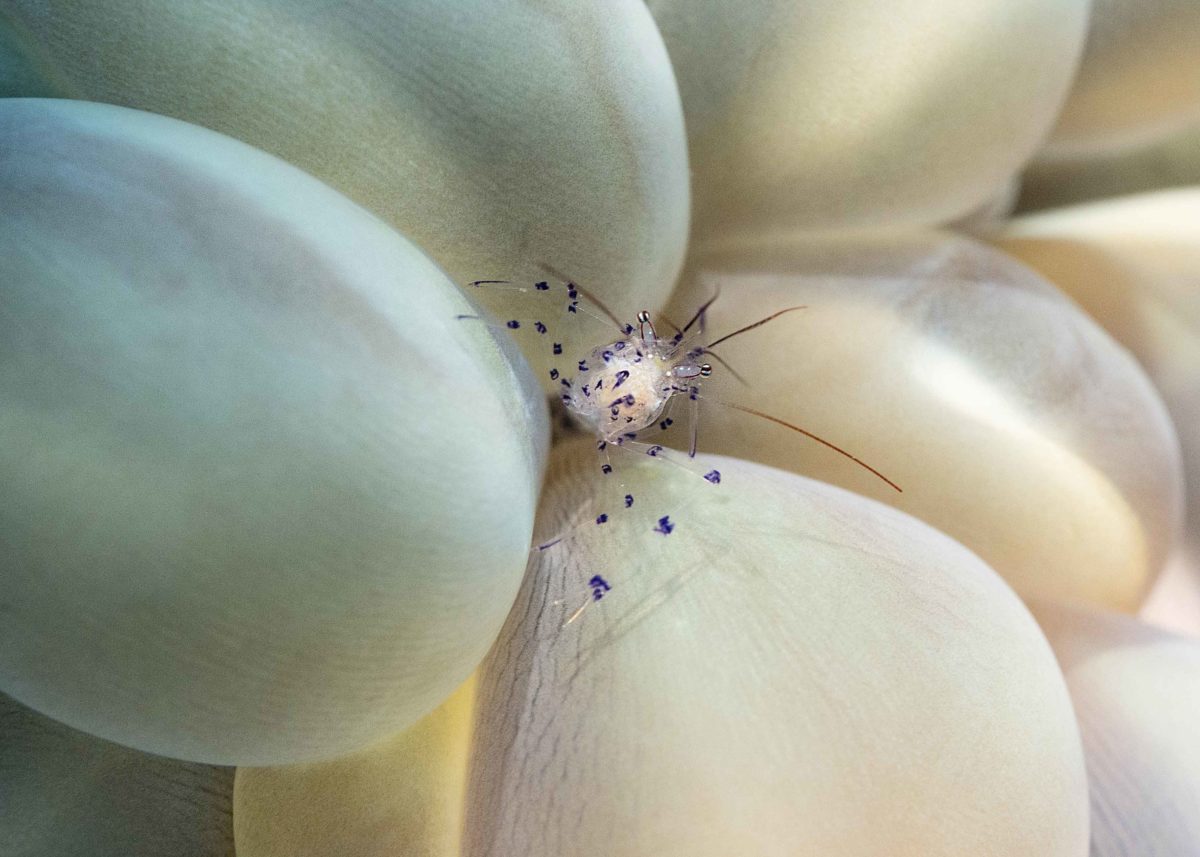
So back to my opening statement, “healthy coral”; well in this situation this was a term that could be used over and over again. I was extremely fortunate to be hosted by the wonderful Max, Cecile and Cheyne Benjamin at Walindi Plantation Resort in Papua New Guinea for nearly two weeks. Renowned for its spectacular diving, Papua New Guinea boasts an incredible number of glorious reefs, of particular noteworthy, those in the incredible Kimbe Bay where Walindi can be found.

The greatest marine diversification of coral on Earth occurs in the region boarded by the Solomon Islands, Papua New Guinea, East Indonesia and the southern Philippines, which is termed the ‘Coral Triangle’. It is home to 75% of the world’s coral species in an area covered by less than 2% of the world’s oceans, making it the most diverse place on Earth for both coral and fish diversity. Kimbe Bay is located in the Bismarck Sea, which is most central of the Coral Triangle, therefore I was truly in the middle of the heart.
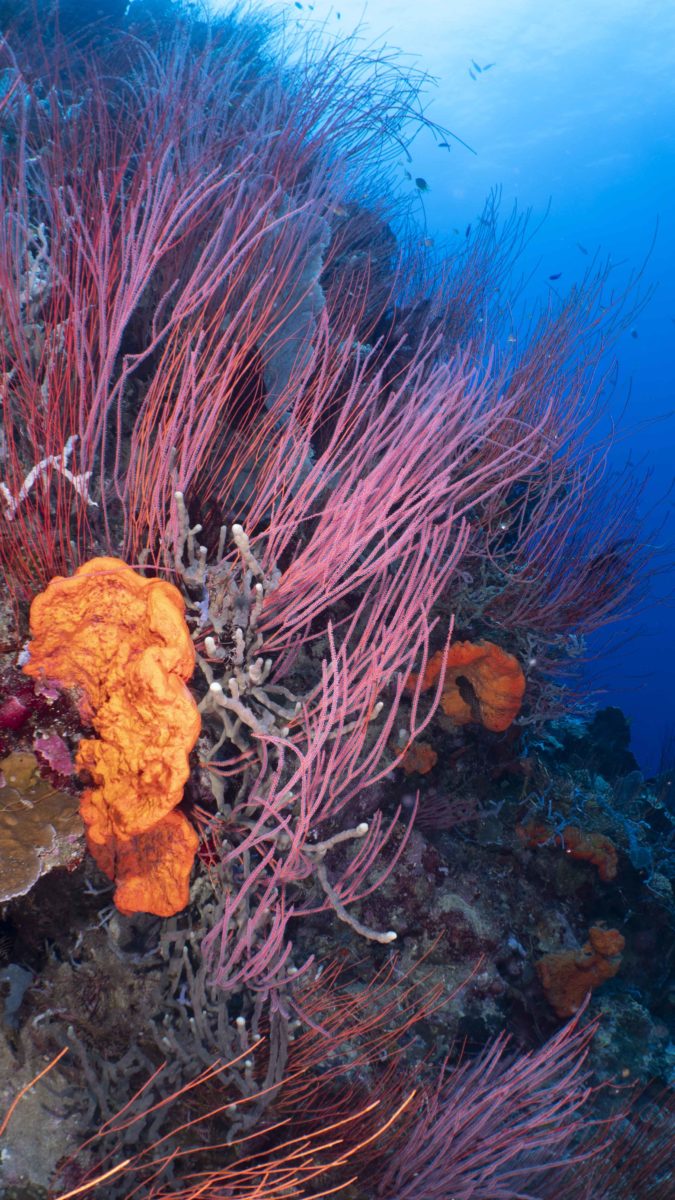
Walindi Plantation Resort was founded in 1983, by Max and Cecile, and this incredible couple has over the years created a secluded haven for all nature-lovers but particularly for divers and snorkelers with three vessels onsite including Ema, Cheyne, and Charmaine as well as liveaboard operations off MV FeBrina.
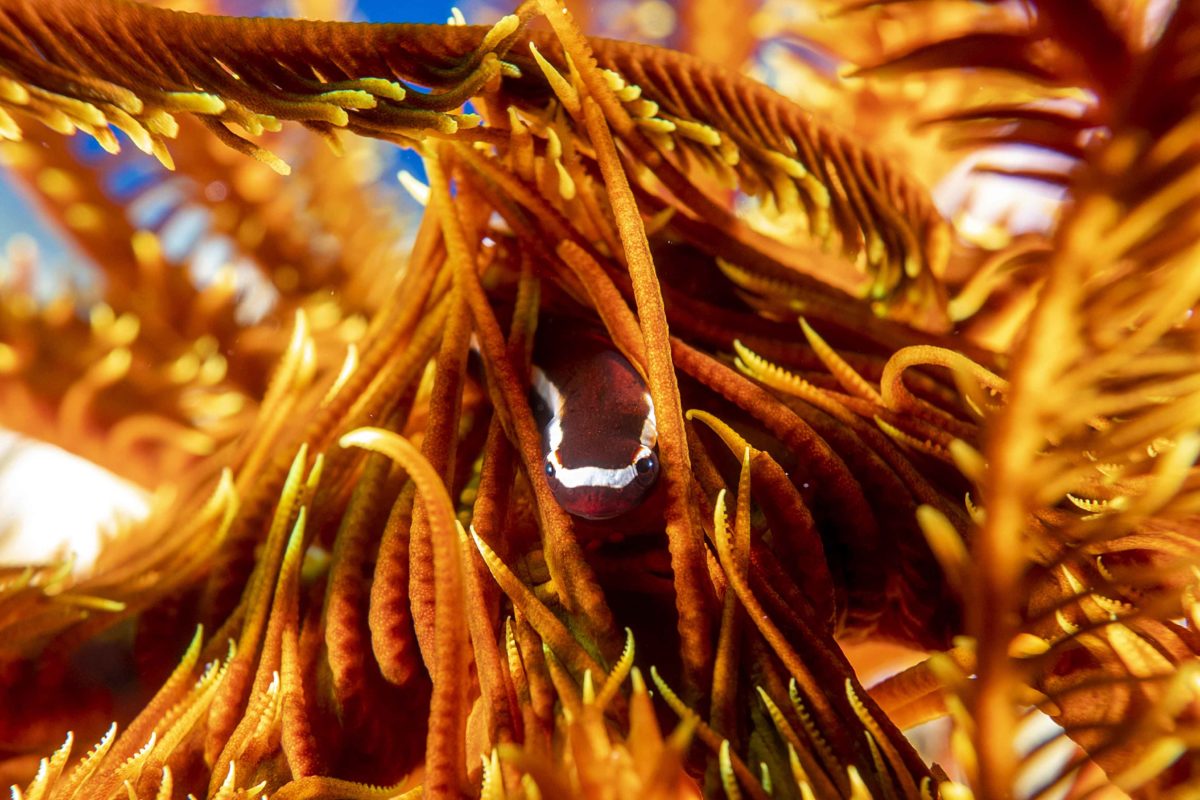
During my two weeks at Walindi, I got to dive in, hands down, some of the most incredible coral reefs in the world. This included sites such as Vanessa’s Reef, Susan’s Reef, Bradford’s Shoal, Otto’s Reef, Zero, Joelle’s, Restorf Island, Joy’s Reef, JJ’s Reef, Cape Heussner and Anne Sophie’s, and that’s just naming a few. These reefs were seriously out of this world for both the visual awe of the underwater world, as well as the diversity and health of the reef (particularly for photography)!

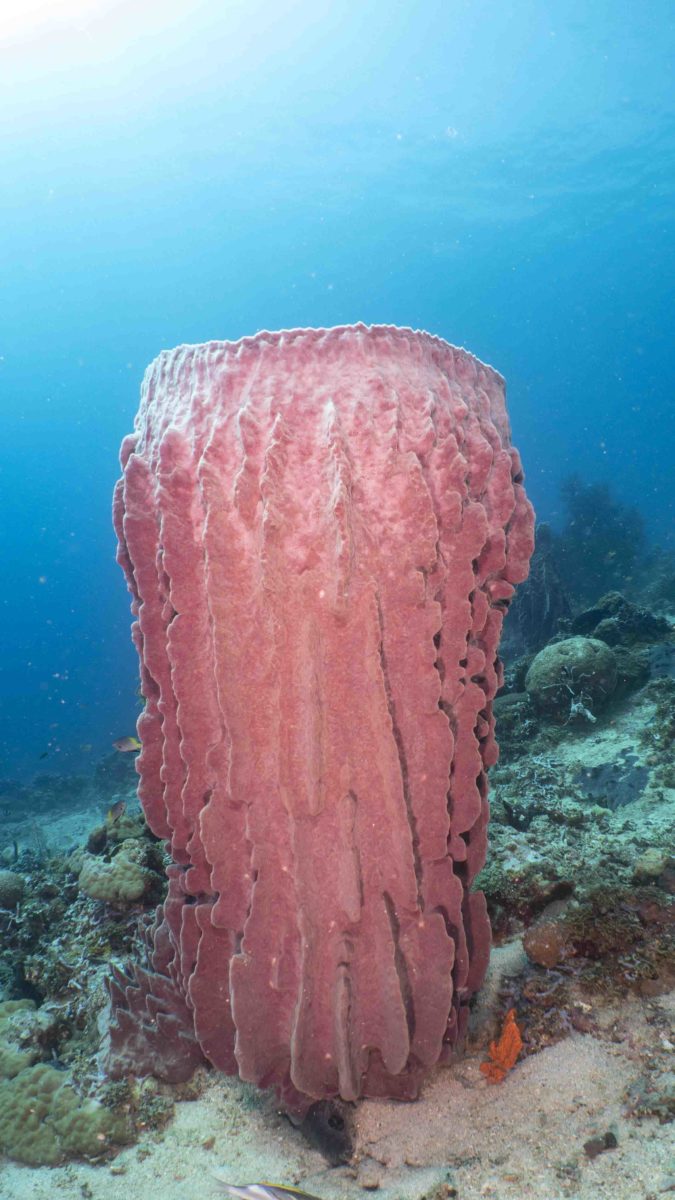
As well as getting the opportunity to dive, I was also in PNG to do help with some marine conservation work. Just a short walk from Walindi Resort, I got the privilege to work alongside the local non-for-profit NGO, Mahonia Na Dari (MND), which in the local language translates to ‘Guardians of the Sea’. MND is dedicated to conservation of the marine environment of Papua New Guinea, but in particular Kimbe Bay, with a particular focus on education. Their mission is to understand and conserve the local natural environment of Kimbe Bay and Papua New Guinea for the benefits of present and future generations.
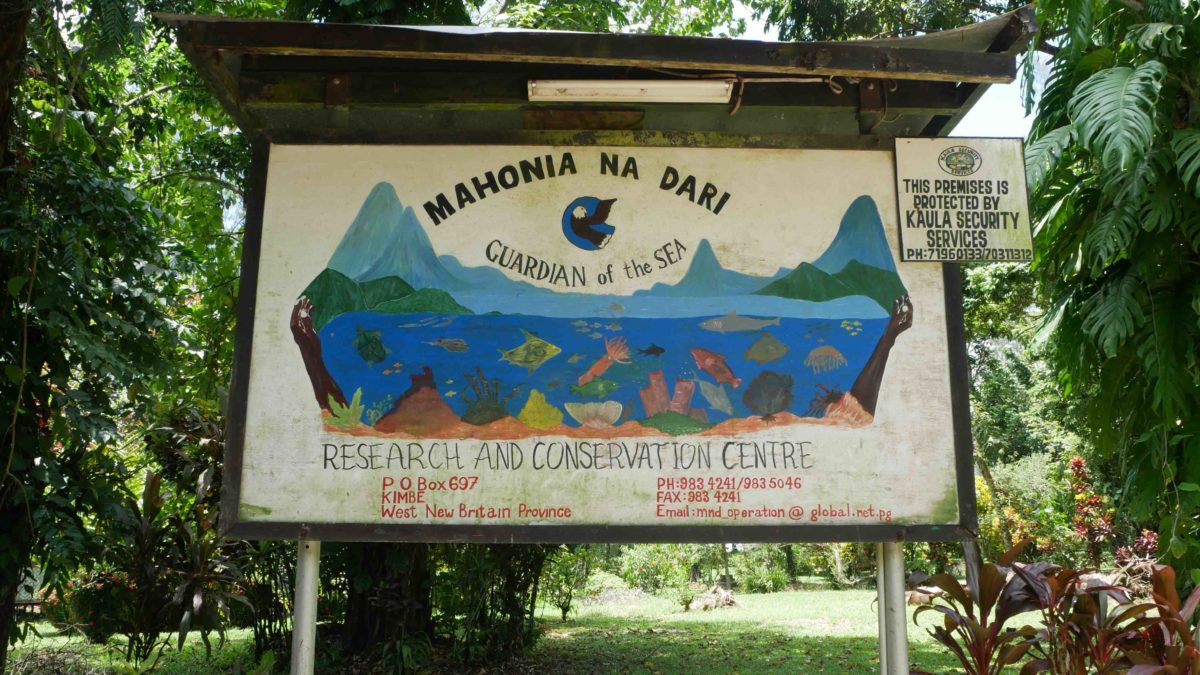
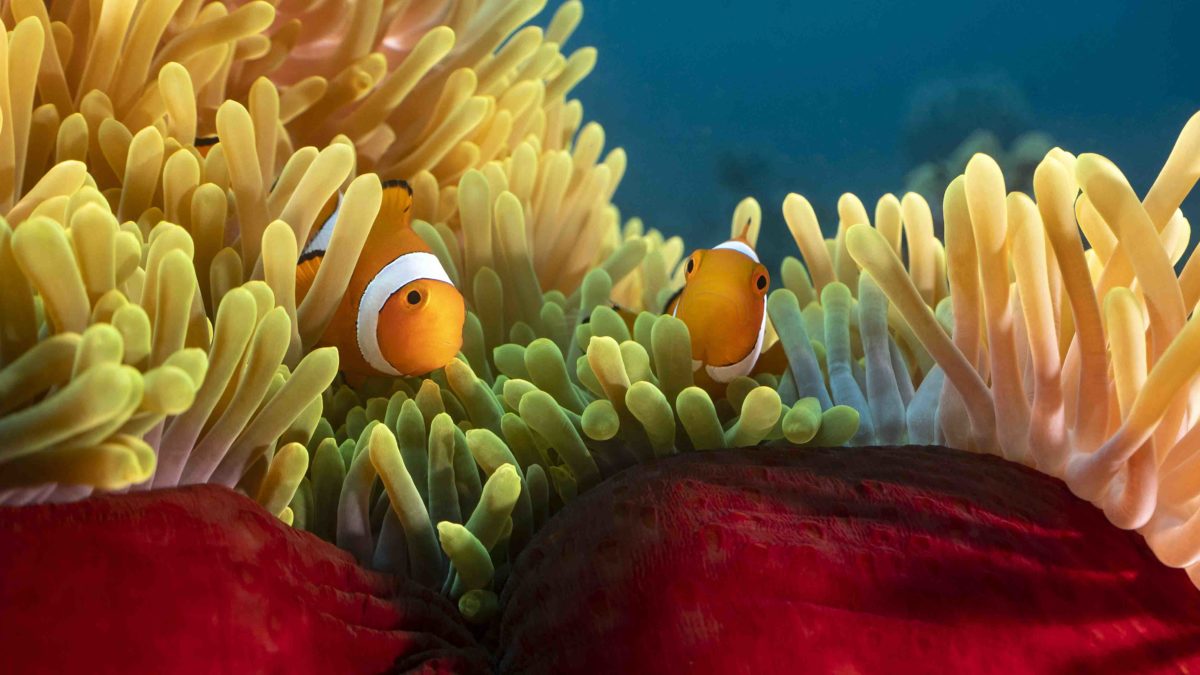
MND started in 1997 through cooperative efforts between The Nature Conservancy, the European Union Islands Regional Environmental Program and Walindi Plantation Resort. Since this time, MND have connected with over 250 000 students and teachers, local communities and other organisations with an interest in the marine environment and education.
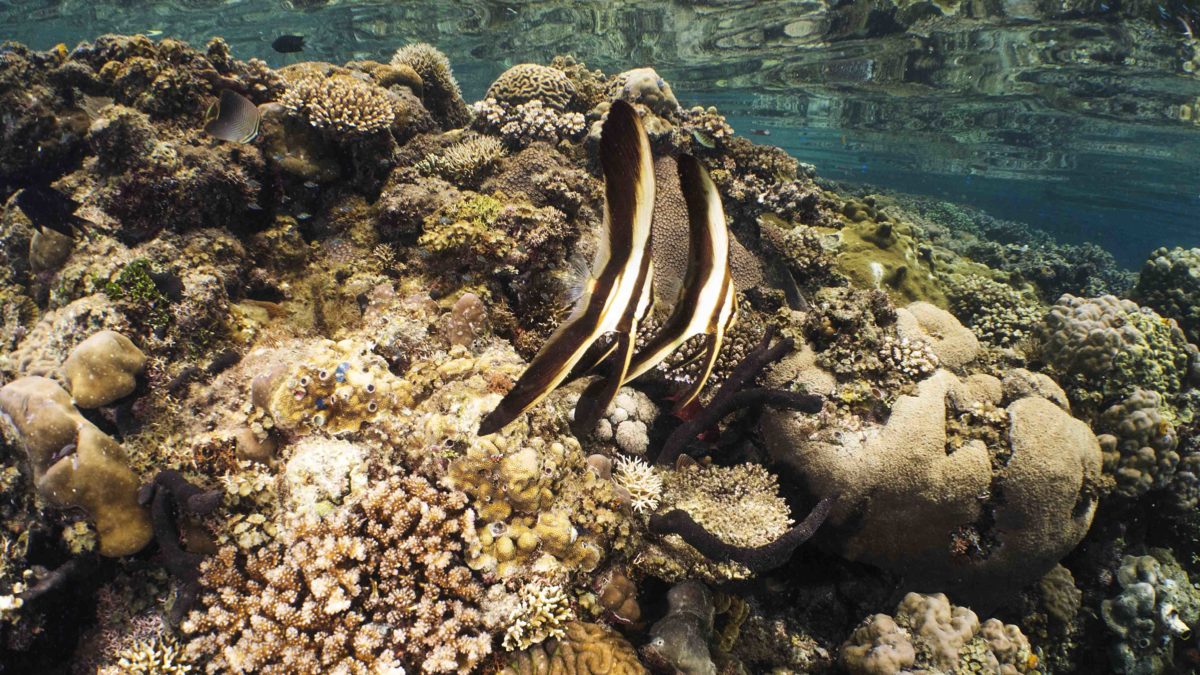

At MND I worked alongside local marine biologists Somei and Elizabeth, as well as Director Peter Miller, helping to edit and finalise the new marine biology and ecology curriculum to be implemented by the local primary and secondary schools. This resource is facilitated through the Marine Environmental Education Program (MEEP) founded by MND.

The MEEP program teaches High School, Primary and Elementary students and teachers about the biology and ecology of coral reefs, the threats these reefs face, and about the management and conservation measures that can be taken to help protect them. Through the MEEP sessions MND provide locals with the tools for marine education and awareness program has proven to be a powerful tool in building support for conservation, increasing environmental awareness and inspiring local action to protect reefs, waterways, turtle nesting areas, seagrass beds, mangrove areas and cultural sites.

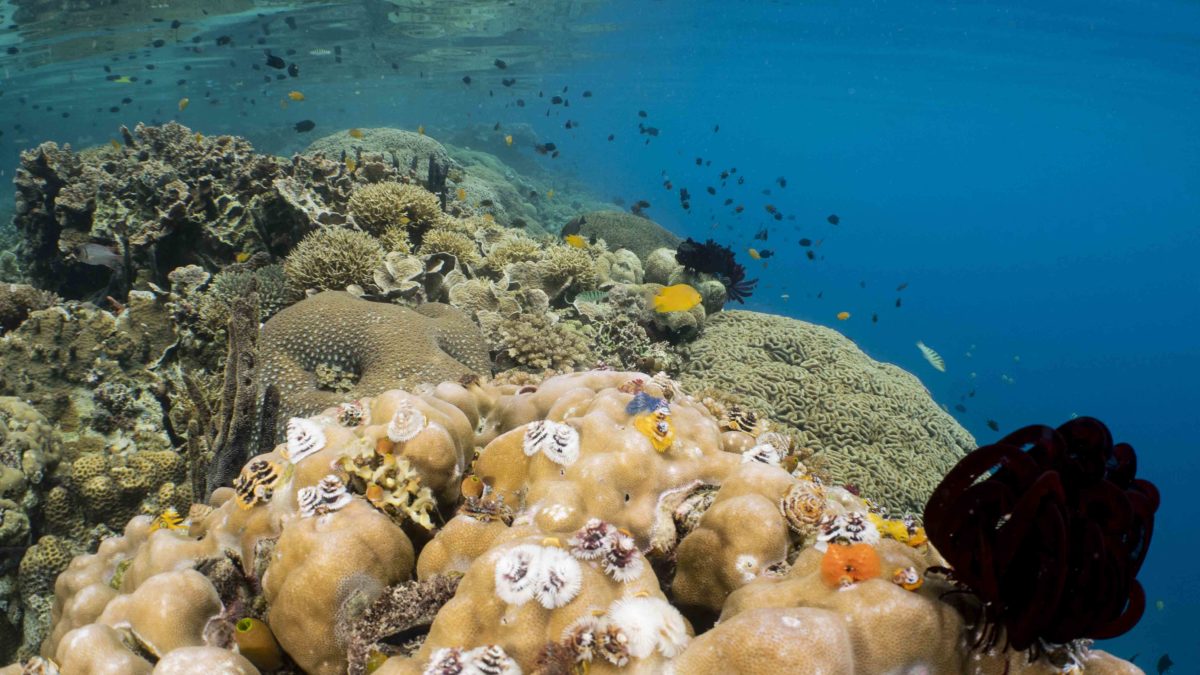
MND operates from the Walindi Nature Centre, this centre also provides host as a research centre to a range of international scientist who come to undertake fieldwork, as well as facilitating student education programs, conservation and community awareness projects in the heart of Kimbe Bay.
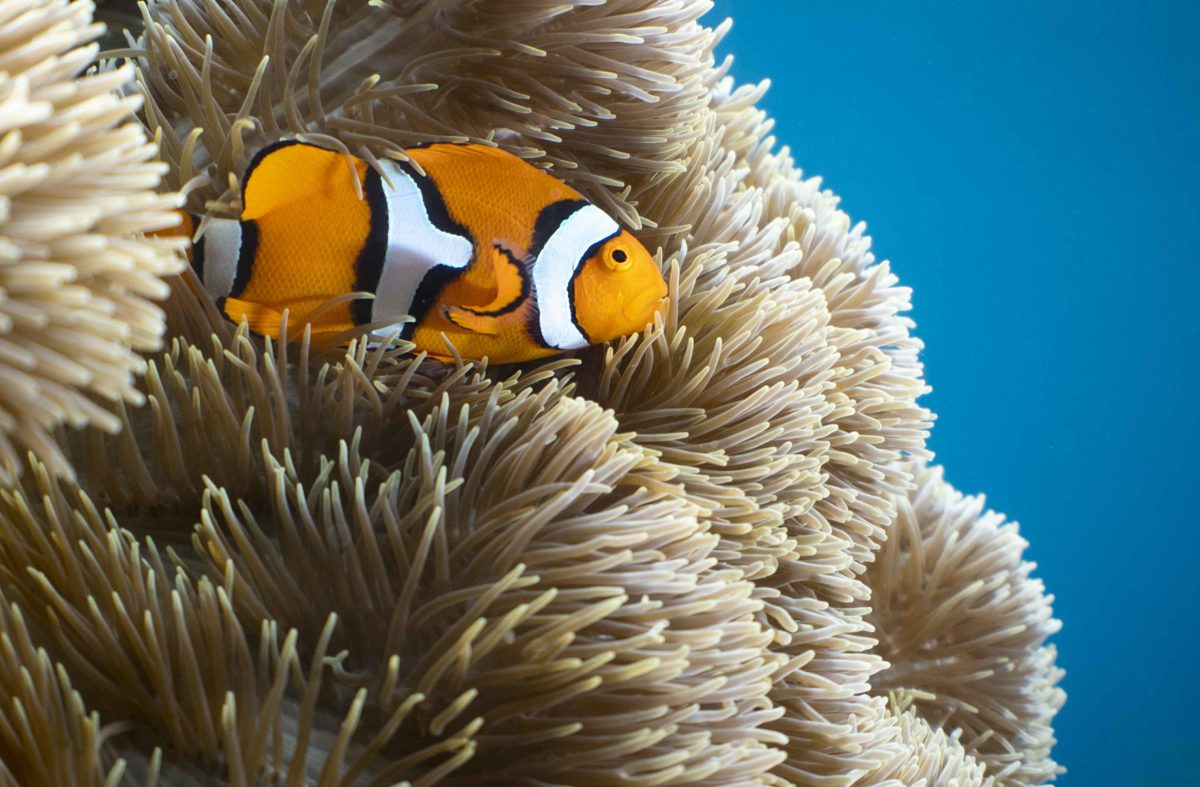

I was fortunate enough to meet two scientists from Boston University, Tina and Rebecca who were undertaking their research on Clown Fish in Kimbe Bay. Now another incredible fact about Kimbe Bay – it is home to 9 different species of Clown Fish! 9!!! I think that’s unbelievable. It was fascinating to learn more about the research that was being undertaken by the Boston Students and how they worked with MND to conduct their research. Tina and Rebecca were specifically studying the behaviour of the Clown Fish species, Amphiprion ocellaris, with various sites located around Kimbe Bay.
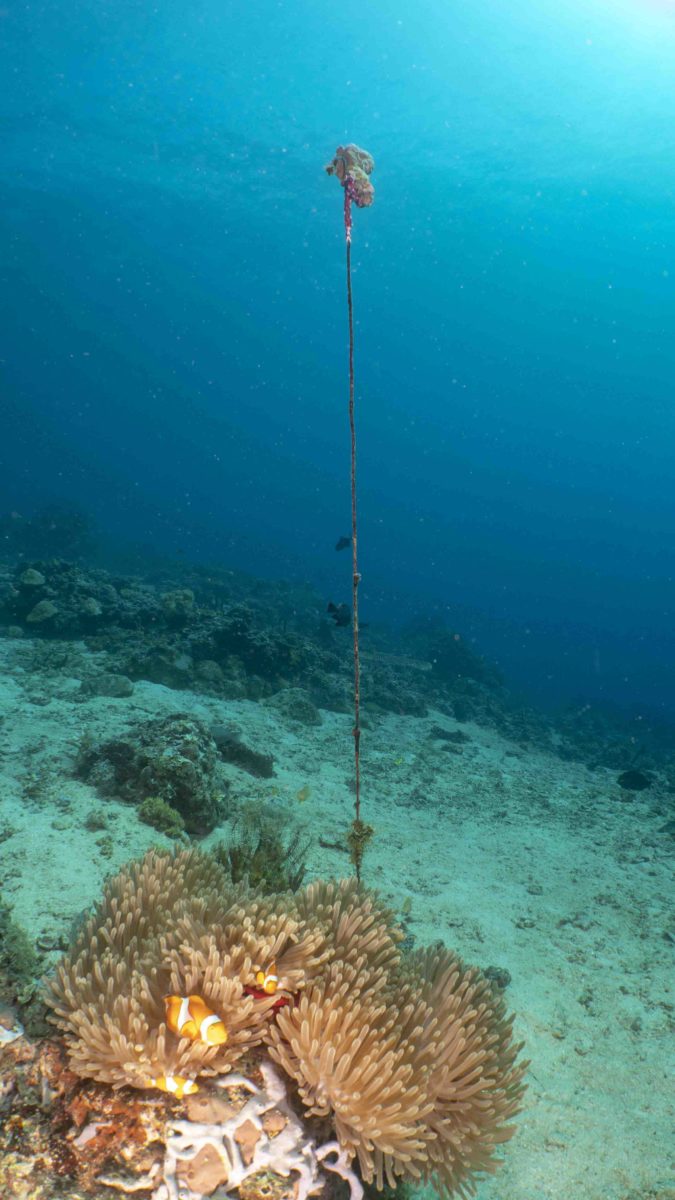

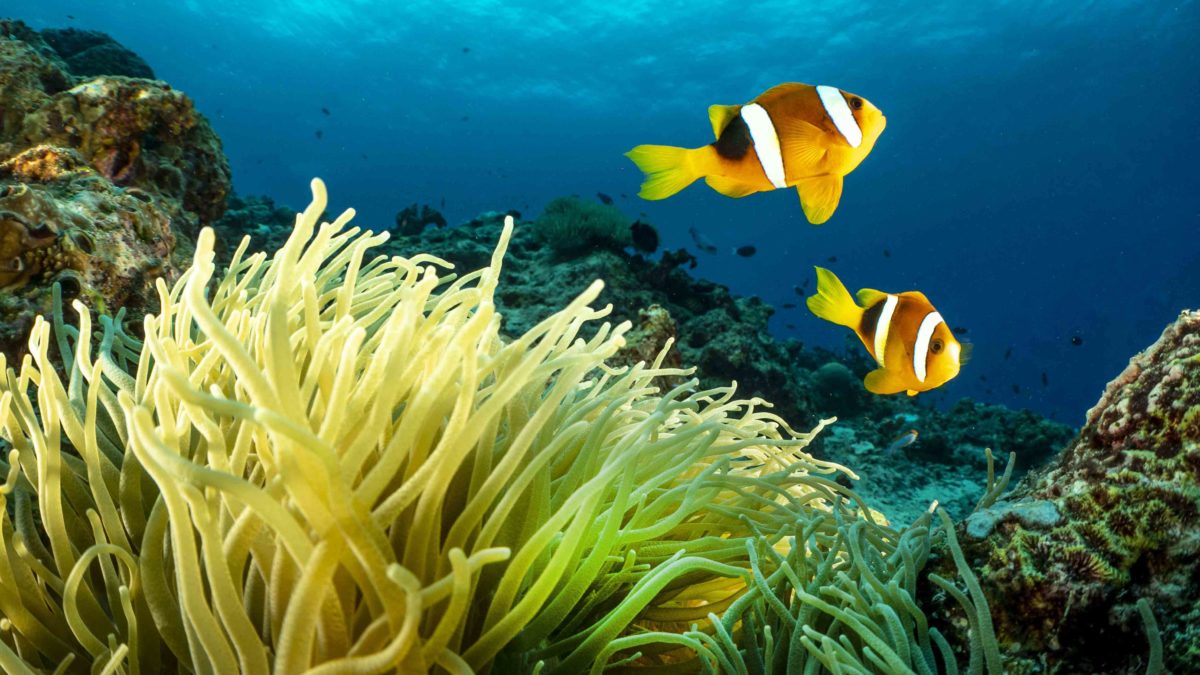
MND is a leading advocate for marine conservation on a national scale, facilitating marine research, education and awareness, resulting in the promotion of protection of PNG’s abundant biodiversity and sustainable use of marine resources by the local communities. As many people know, environmental research and education go hand-in-hand. MND offer a unique opportunity for Marine Scientists and other researchers to work on a variety of projects that both advance collective knowledge and benefit the community through education opportunities.

To ensure their educational messages are delivered to as many people as possible, MND conducts outreach activities, visiting schools and villages both in West New Britain and further around the country, concentrating its community conservation efforts around the coastal areas between Talasea to the West and Lolobau Island near the border with East and West New Britain.
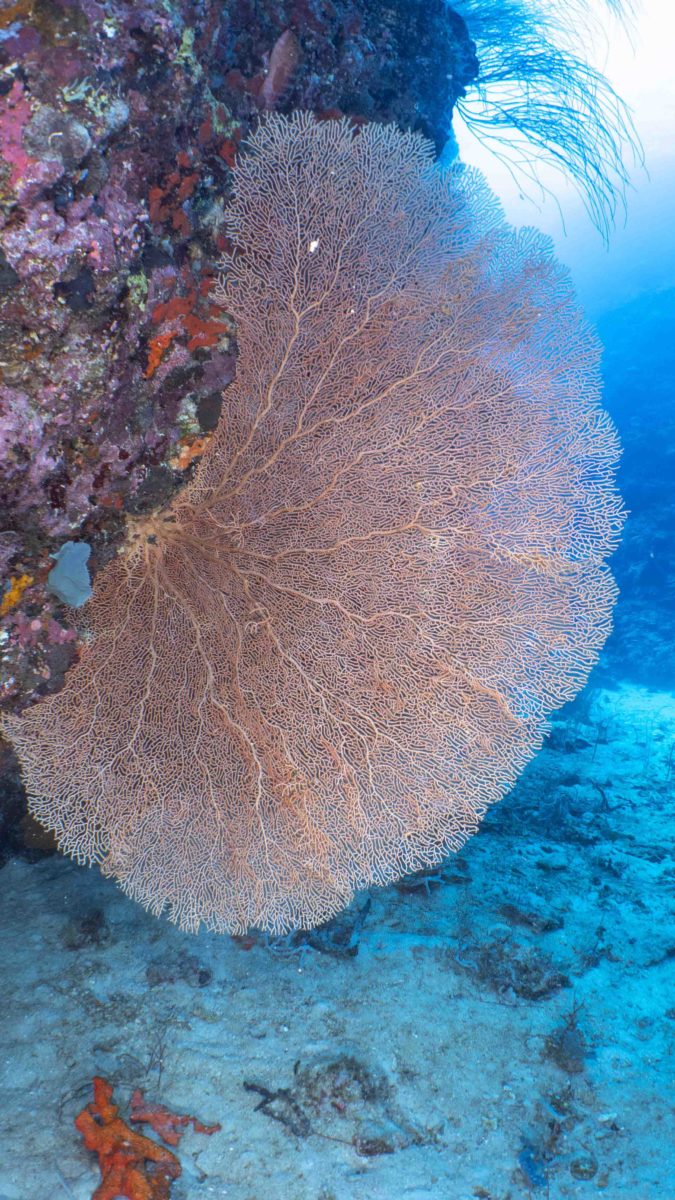
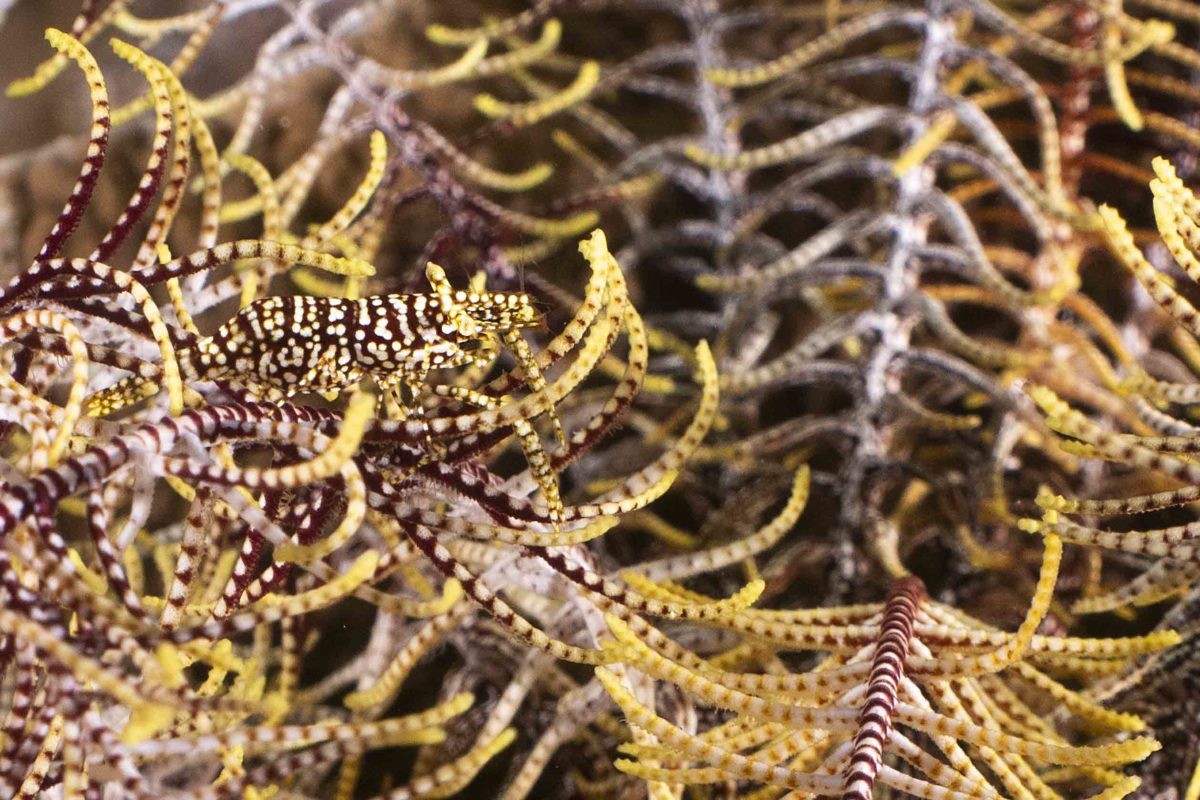
The Nature Conservancy (USA) established a network of protected inshore reefs or Locally Managed Marine Areas (LMMA’s) around Kimbe Bay from 1996 to 2012. I was fortunate enough to work with Somei, surveying and mapping some of the LMMA’s adjacent to MND for monitoring applications and an update on species inhabiting the reefs.
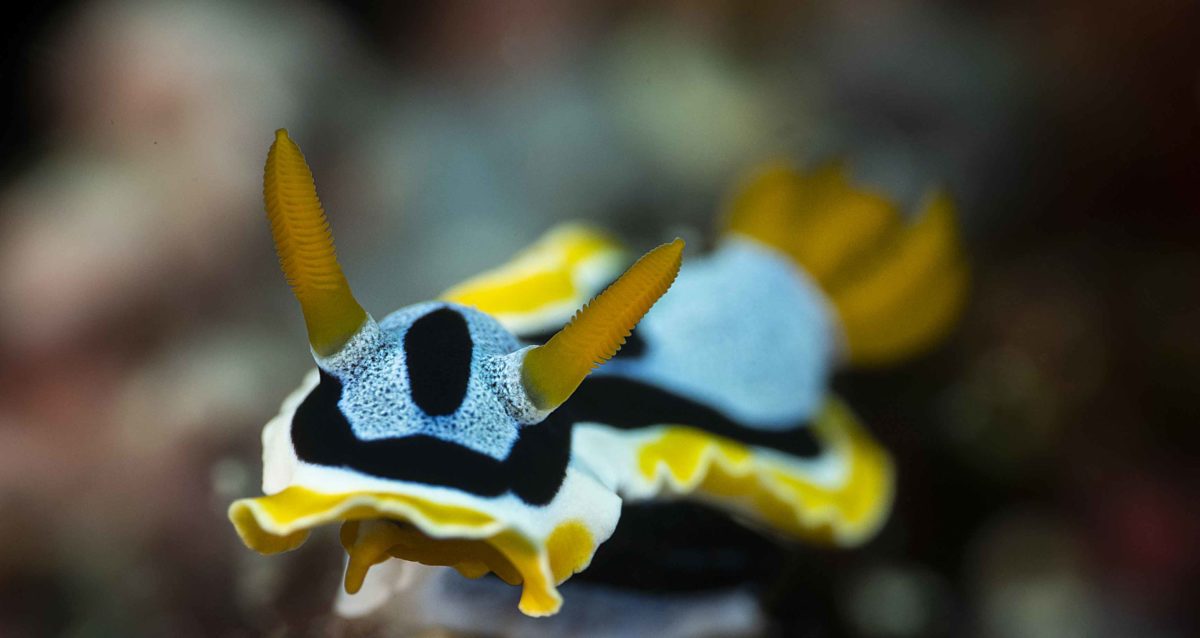
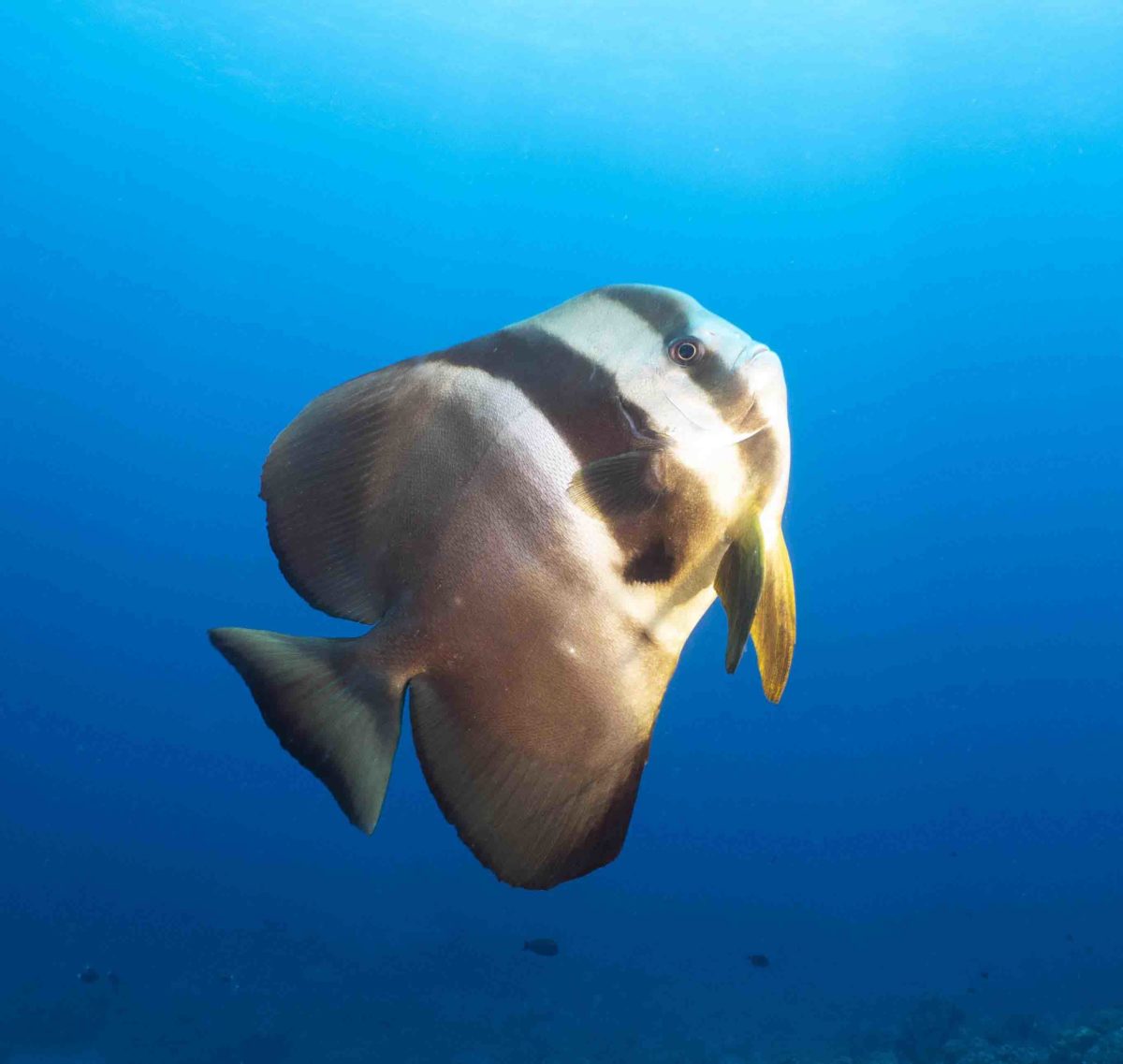
Community awareness is the foundation of the LMMA program, as the entire community has to embrace its concept for it to work. The awareness program focus’ on the importance of reefs to communities, the interrelationships between reefs and other habitats, and ways to sustainably manage marine resources to ensure the preservation of the high levels of biodiversity found there and ensure future food security.
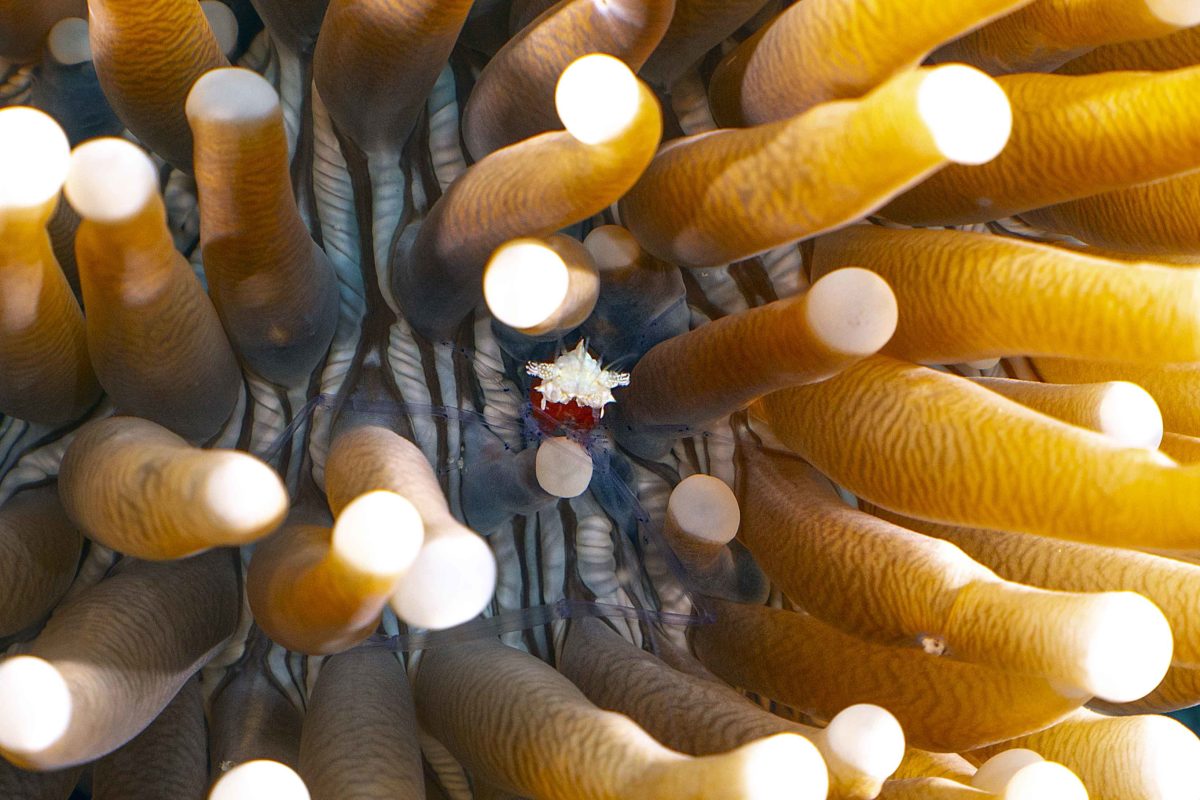

MND work with local villages and communities to ensure the LMMA’s remain protected through educational talks and sessions. They show the locals first-hand the difference that can be made to surrounding reefs, in particular as food sources for these communities, when they continue to protect the dedicated LMMA reefs. This network is helping to ensure that the natural marine resources in those areas will endure over future generations.
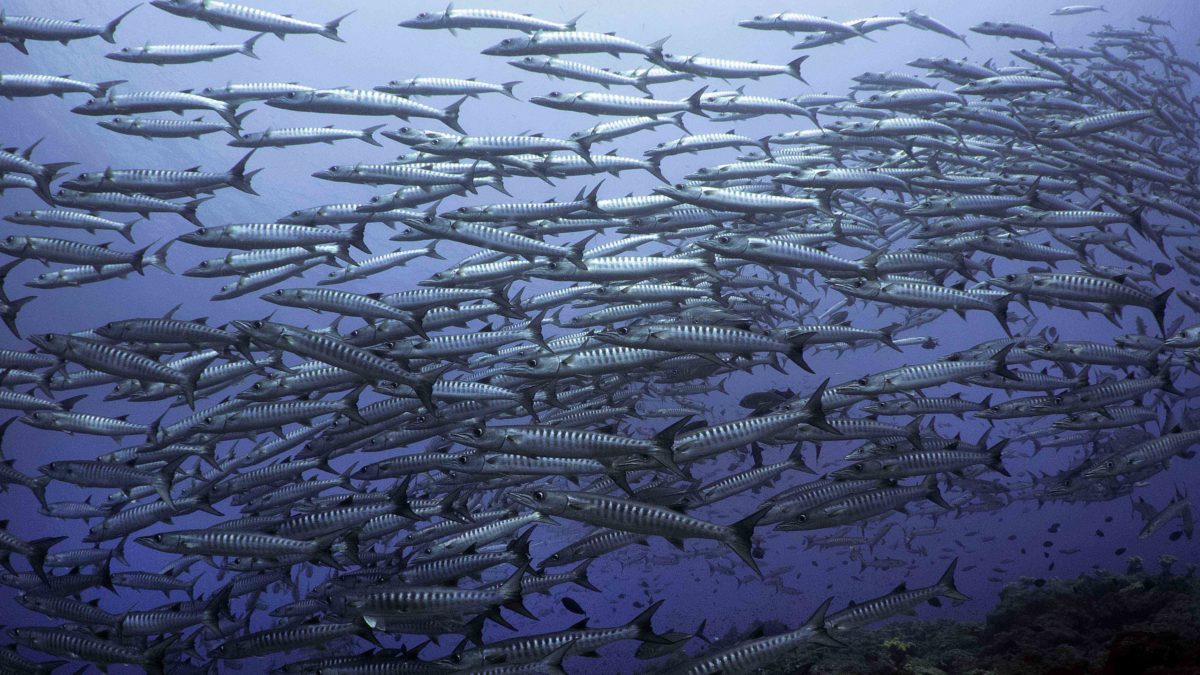
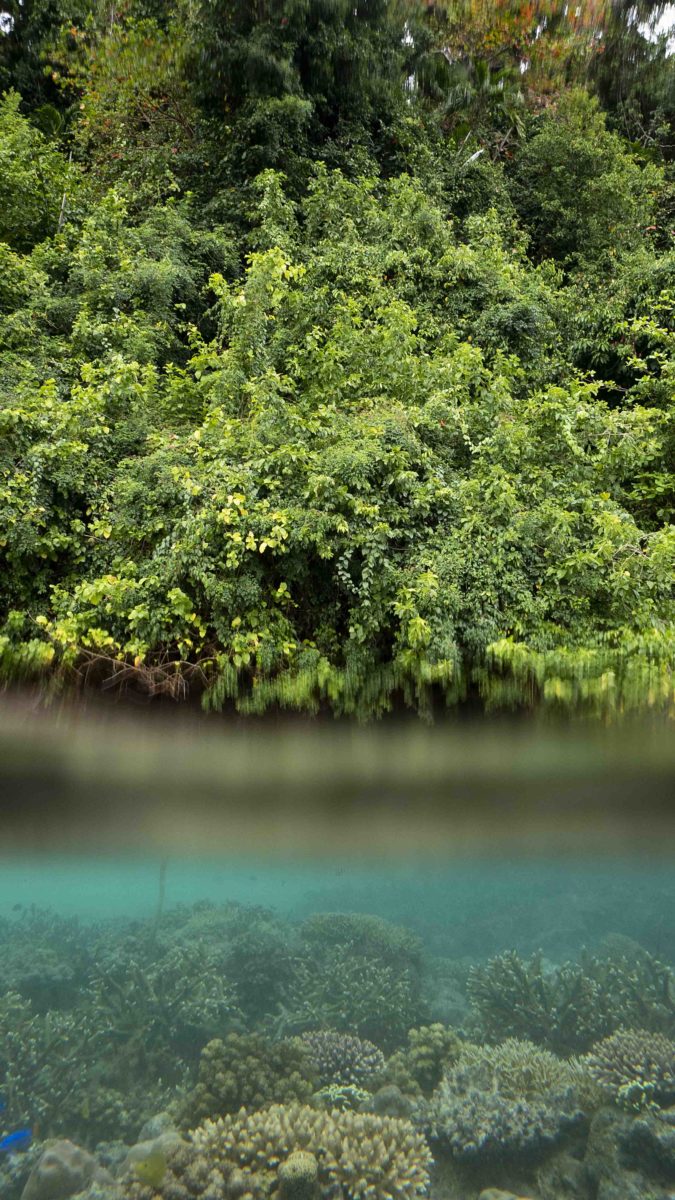
Papua New Guinea was absolutely spectacular! I cannot thank Max, Cecile, Cheyne, Ema, Peter, Jane, Martha, Somei, Elizabeth and the rest of the incredible staff at Walindi Plantation resort for inviting me and allowing me to work with Mahonia Na Dari, but particularly for sharing this absolutely incredible part of the world with me.
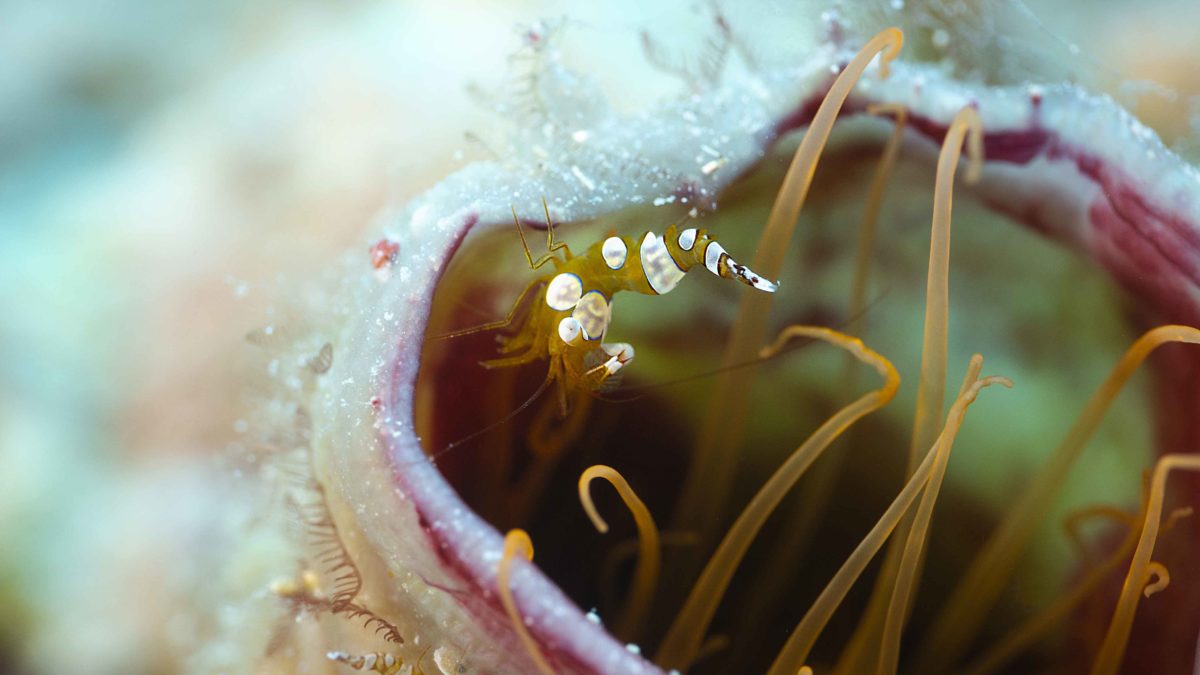
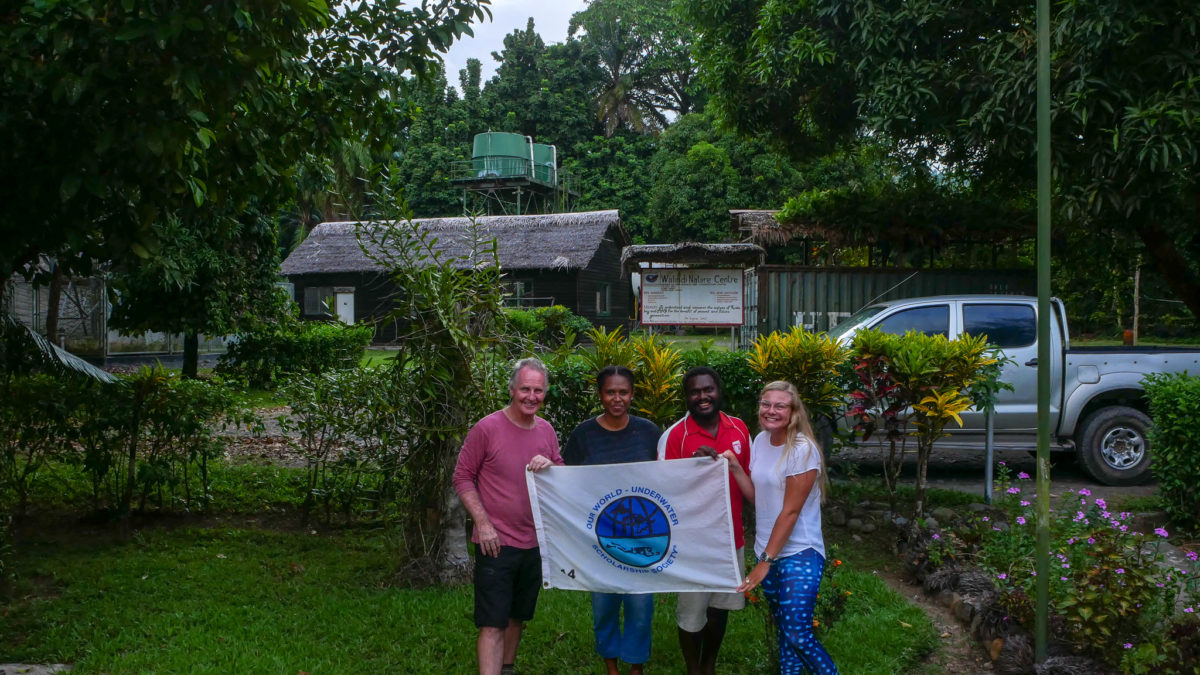
Of course, a huge thank you again to my incredible sponsors including OWUSS, Rolex, TUSA, Waterproof International, DAN, PADI, Mako Eyewear, Reef Photo & Video and Nauticam.
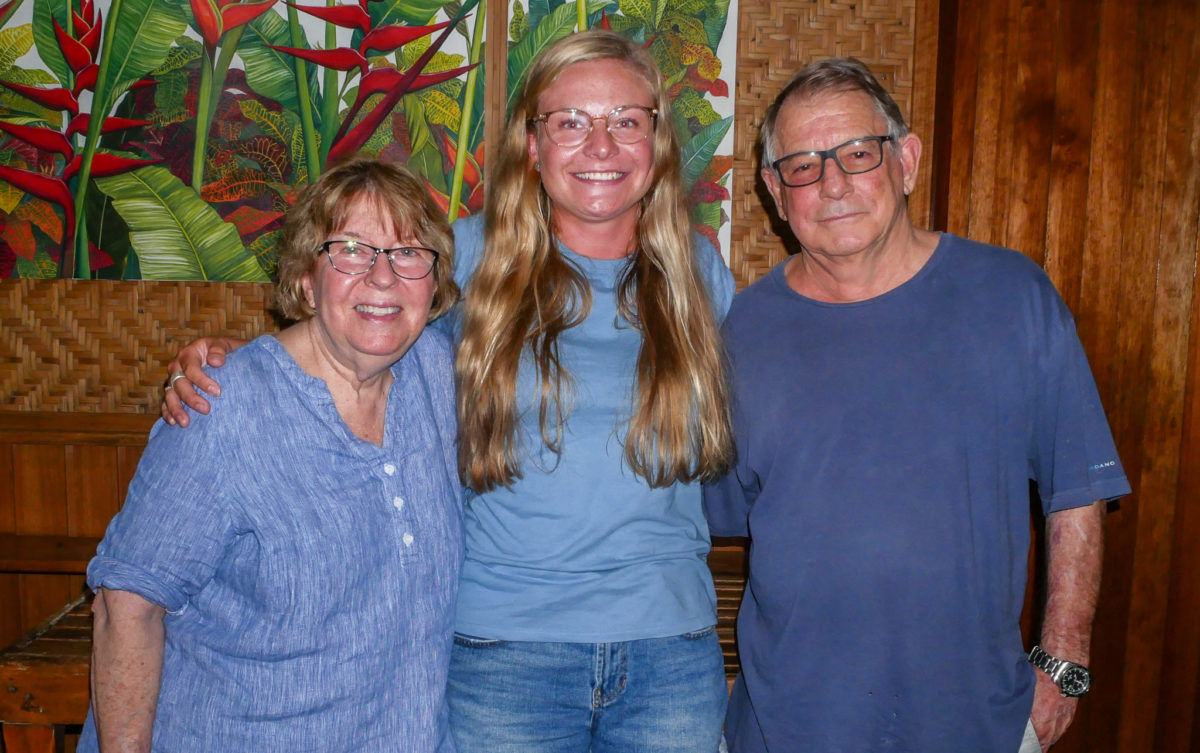
From PNG I will be heading to Ticao Island in the Philippines for the next month. Here I will be assisting with research on Manta Rays with the Large Marine Vertebrate Research Institute Philippines, also known as LAMAVE on their Manta Bowl Project.